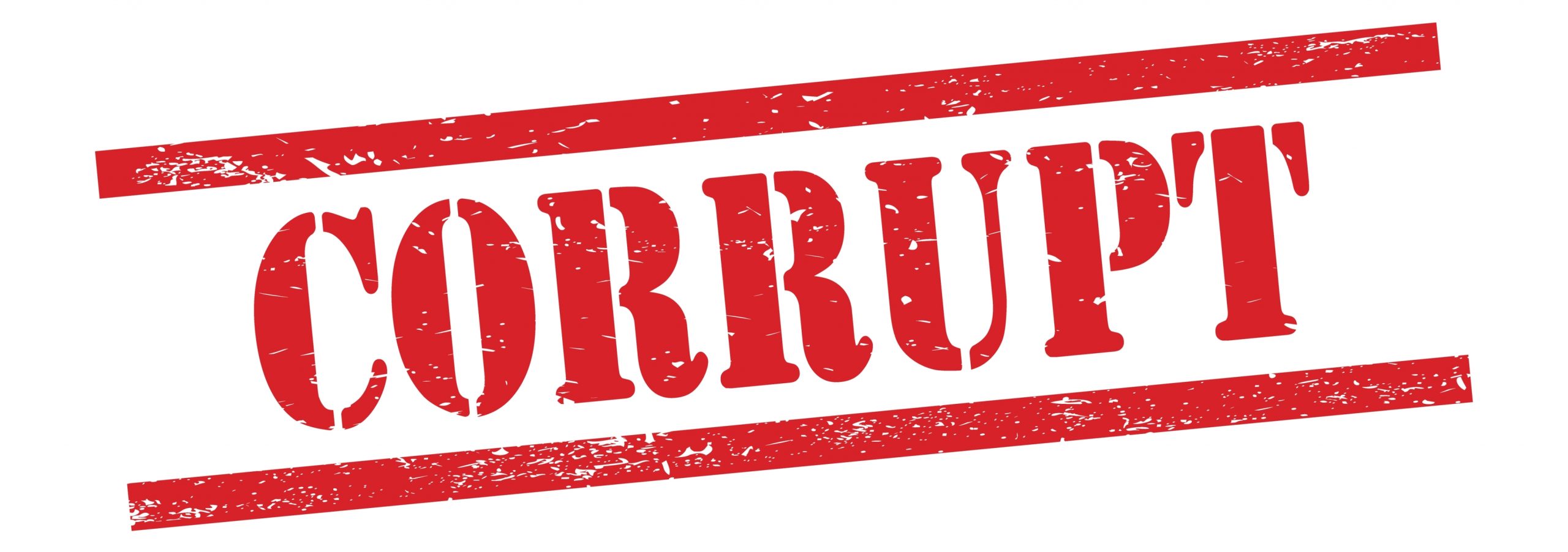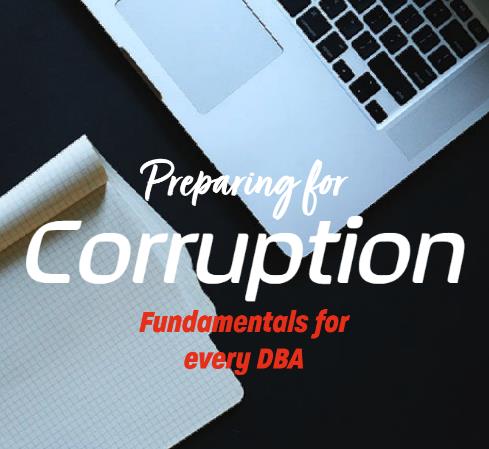At Stedman Solutions when we talk about corruption in a database, that is something very different from ransomware. Don’t confuse a damaged database with a database that has been fully encrypted by ransomware.
Determining when corruption was introduced into a SQL Server database can be challenging, as corruption can occur without generating any obvious symptoms. However, there are some steps you can take to help determine when corruption was introduced:
* Check when the last good CheckDB was run. This won’t tell you when the corruption started, but it will tell you the last time it was not corrupt, or the last known good.
* Check database backups: If you have been regularly backing up your database, you can compare the backups to determine when the corruption was first introduced. For example, you can restore a recent backup to a test environment and compare it to the live database to see when the corruption occurred.
* Review error logs: The SQL Server error log can provide information about database-related errors and events. Check the error log for entries related to database corruption to help determine when the corruption occurred.
* Check transaction logs: If you have been backing up the SQL Server transaction log, you can use it to recover data from the time period leading up to the corruption. This can help you determine when the corruption was introduced.
* Monitor database activity: Monitoring database activity can help you detect when corruption is introduced. For example, you can use database monitoring tools to track changes to the database and identify when corruption occurs.
It’s important to note that these methods may not always provide a definitive answer, as corruption can be introduced gradually and may not be immediately detectable. Nevertheless, by following these steps, you can gather information that may help you determine when corruption was introduced into your SQL Server database.
If you have alerting on CheckDB jobs and other checks for the last known good on CheckDB then you can get alerted the problem sooner than later. Knowing about corruption early increases your options on how to recover from that corruption.
Want to learn more about how to prepare for corruption on SQL Server? Take a look at my class that will teach how to to be prepared if corruption strikes.
Corruption Class by Steve Stedman.
More from Stedman Solutions:

Steve and the team at Stedman Solutions are here for all your SQL Server needs.
Contact us today for your free 30 minute consultation..
We are ready to help!

